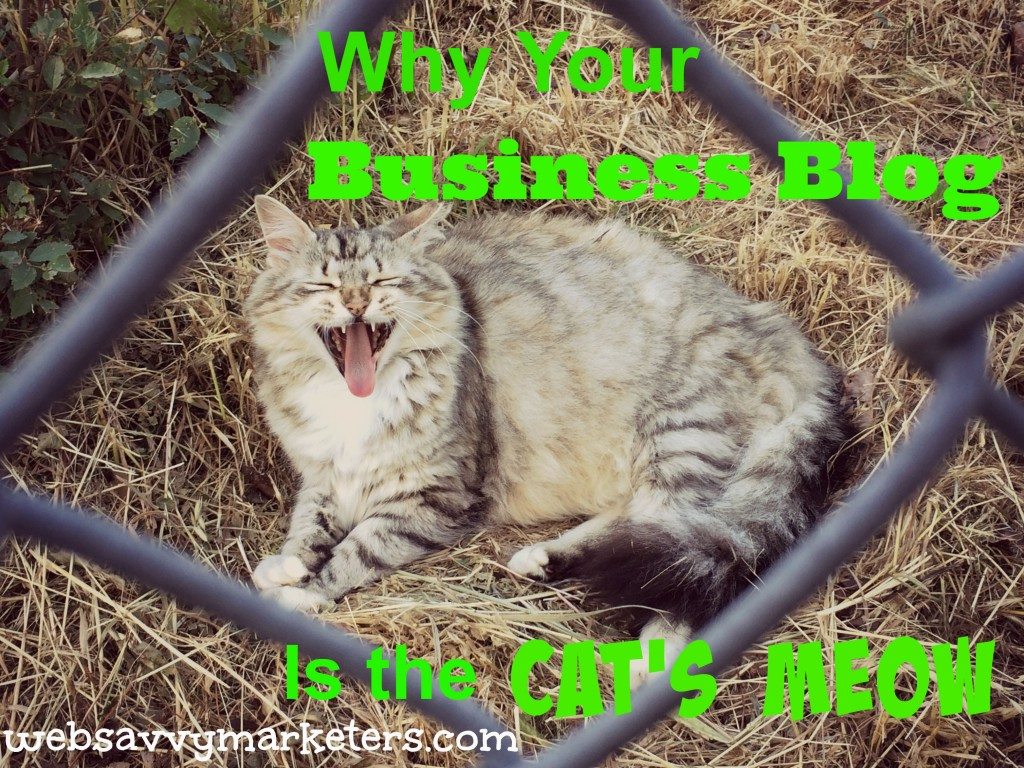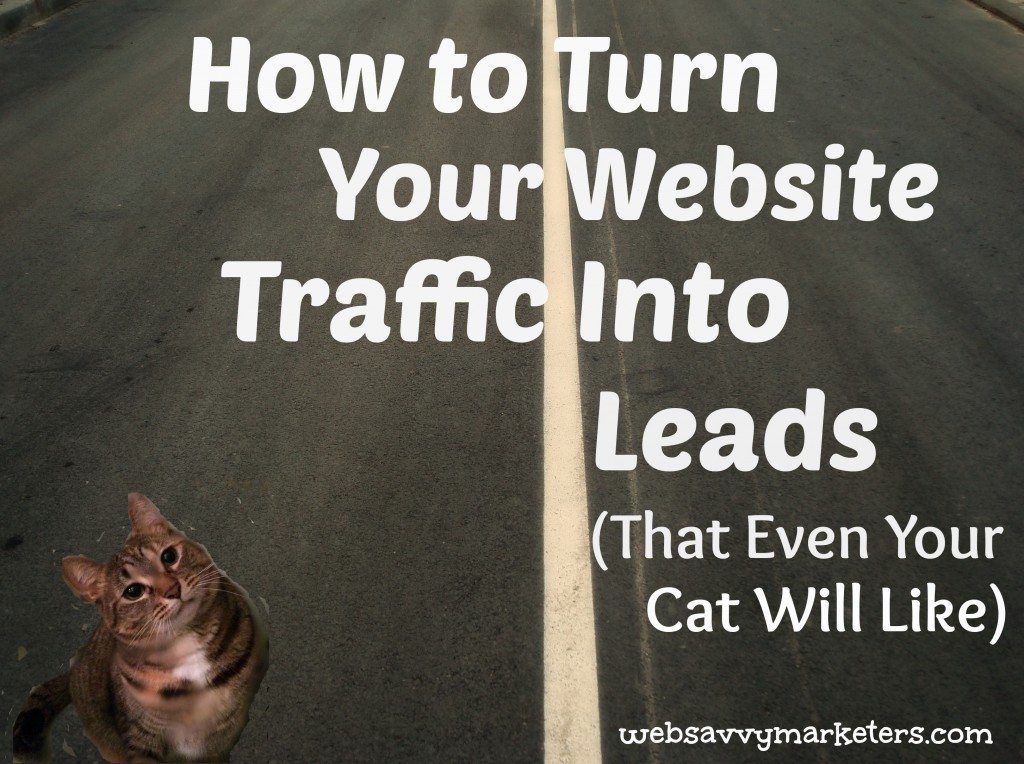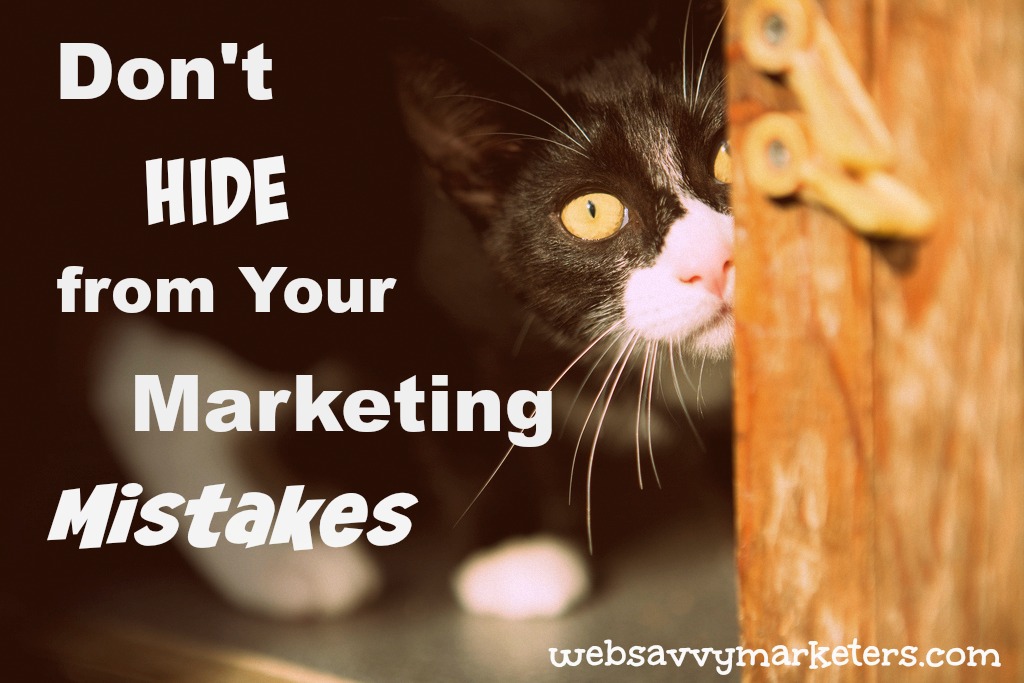 Do you have a solid footing for your online presence for 2016? As another year begins to unfold with all its possibilities, once again we are confronted with goals, predictions, trends, expectations, and best-laid plans.
Do you have a solid footing for your online presence for 2016? As another year begins to unfold with all its possibilities, once again we are confronted with goals, predictions, trends, expectations, and best-laid plans.
In order to have the competitive advantage, you need to create a strong identity online. To help you succeed in the year ahead, consider these three areas when establishing your online presence.
1. Make a Good First Impression With Your Website
An established business needs a professional website if you want to promote growth. Your site should reflect your current success as well as set you up for further advancement with a strategy that matches your business model. Your first impression is critical in attracting new clients and retaining current ones.
Your main internet tool is your website. Your customers aren’t looking you up in a phone book or the Thomas Register. A continually updated website helps with your SEO, so when people search for you online, they find you.
Does your home page address your customer needs? The immediate message should describe how your customer will benefit from your product or service. This is far more meaningful than an explanation of what the company does, what products and services are offered, and the who and when of the company’s background.
Frame your content around your customers rather than making claims about how great your company is. You’re more likely to elicit skepticism and indifference with self-promotion. Impress your customers with testimonials instead of giving them unsubstantiated claims that falsely inflate your business.
Don’t forget to keep your website updated. A good first impression will be lost if your site gets hacked through plugins that weren’t updated or you’re operating under the misconception that your small business site won’t be targeted.
2. Other Ways to Build Your Online Presence
There are many opportunities to grow your online presence once you’ve established a professional website. Does your business write white papers? Would short videos of your processes or service be of interest to your audience? Do you have a blog for sharing information with your customers? What else will help with your website activity?
When you create compelling content, you’re opening wide the doors to your website. The more you offer, the more your online presence grows. The more good content you share, the more your SEO will improve.
Remember, there’s no such thing as digital writing. Writing for SEO is dead, but writing for the reader is what’s going to help the search engines — and your readers — find you. So give your customers something to search for in addition to a well designed website.
3. Building Relationships on LinkedIn and Social Media
People want to do business with companies that share useful and relevant information. Today’s social media is a giant indicator of how important relationship building is in the business world. And for professionals, the social network is LinkedIn.
With over 380 million members, LinkedIn is growing in its B2B transactions. It’s the place to be for businesses, no matter what your expertise is. Connecting with your contacts just got a lot easier with the updated Voyager app, helping you stay informed about the conversations and content that matter the most.
Search also improved, and is 300% faster for your jobs, people, and group searches.
LinkedIn has also acquired Lynda.com, an online education company that features thousands of online video courses on a wide variety of topics. Employers can see what courses prospective employees have taken, and members can grow their skill sets.
Your online presence is incomplete without social media. Get involved in the online networking community and give your website more internet exposure.
Know Your Audience
Each of these three online areas has an important ingredient in common. To better understand your customers and their needs, all of your online strategies have to include audience awareness. Getting to know your audience’s demographics involves doing some market research. Entrepreneur defines market research as:
The process of gathering, analyzing and interpreting information about a market, about a product or service to be offered for sale in that market, and about the past, present and potential customers for the product or service; research into the characteristics, spending habits, location and needs of your business’s target market, the industry as a whole, and the particular competitors you face.
The ideas you get from your market research will inform your content ideas, helping you to target your audience’s needs. With the right information you’ll be a better online communicator whose online presence will reflect your concern to meet your customer’s needs.

 Dispel the old image of manufacturing as “dirty, dumb, dangerous, and disappearing.” Show how work environments and skills have changed to incorporate highly advanced machines and processes requiring computer-savvy workers with multiple talents.
Dispel the old image of manufacturing as “dirty, dumb, dangerous, and disappearing.” Show how work environments and skills have changed to incorporate highly advanced machines and processes requiring computer-savvy workers with multiple talents.






